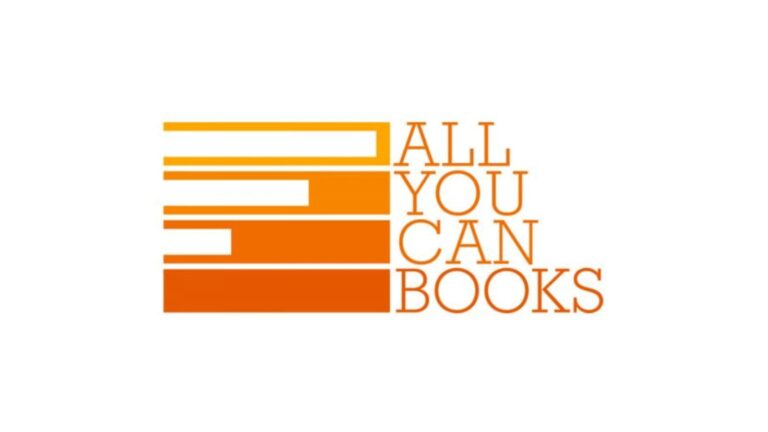Mastering Cashless Commerce: A Comprehensive Guide to Setting Up and Activating Your Credit Card Machine
As the world shifts towards cashless payments, a credit card machine has become a necessity for any business that wants to compete in today’s markets. While some businesses might not need one to survive, many others are finding that it provides a range of benefits that make the investment worthwhile. This article will look at some of the most important things to consider when setting up and activating a card machine.
The first step in getting a new credit card machine is to decide which type is best for your store’s needs. This will depend on the nature of your business, whether you require a PIN pad and other features, and how much integration with existing systems is required. A traditional card reader is usually the best option for most small businesses, as it can connect to a point of sale system and handle both chip and contactless payment methods. Some of the latest readers, such as EMV (Europay, Mastercard and Visa) compliant models, are also capable of integrating with mobile devices.
Once you have decided on the model, it’s time to choose a provider and sign up for a contract. There are a number of factors to consider here, including the hardware itself, any associated software, and the cost of running it. You should always weigh these options carefully and compare costs before signing up. For example, some providers offer cheaper hardware to attract customers, but this may mean paying higher credit card processing fees and other charges.
You should also check how the hardware is delivered and whether you can buy it outright, as this will affect the overall price. You should also check the compatibility of the hardware with your existing POS system, and how it works with different payment processors. It is also worth considering how much you will need to spend on accessories, such as receipt printers and cash drawers.
Typically, it takes less than 60 seconds to call your card issuer and activate it. The process varies by issuer, but most will ask you to enter some form of identity confirmation, such as your home address and phone number. Once you have done this, you should be able to start using your card immediately. Some cards are even issued with instant card numbers, allowing you to start making transactions before the physical card arrives in the mail.
Regardless of your industry, the right card machine is essential for your business’s success. The right machine can help you grow your sales, enhance security, and make payments easier for your customers. With so many choices available, it’s a good idea to research your options and make sure you find the right one for your business. So, if you’re ready to boost your business, get started with a Podium card machine today!
Steps to Setting Up A Credit Card Machine
Setting up a credit card machine involves several steps to ensure it functions correctly and securely. The exact process may vary based on the type and model of the credit card machine, as well as the provider. Here is a general guide:
Choose the Right Machine:
Select a credit card machine that suits your business needs and is compatible with your payment processor or merchant account.
Merchant Account Setup:
Ensure that you have a merchant account to process credit card payments. If you don’t have one, you may need to apply for a merchant account with a payment processor.
Gather Necessary Information:
Collect essential information for the credit card machine setup, including your business details, tax identification number, and banking information.
Connect Hardware:
Set up the physical hardware. This involves connecting the credit card machine to a power source and, if applicable, connecting it to the internet or phone line for transaction processing.
Install Software:
Some credit card machines may require software installation. Follow the manufacturer’s instructions to install any necessary software or firmware updates.
Configure Network Settings:
If your credit card machine connects to the internet, configure the network settings. This may involve entering Wi-Fi credentials or configuring an Ethernet connection.
Test Transactions:
Perform test transactions to ensure the credit card machine processes payments accurately. Most providers offer a test mode for this purpose.
Activate Merchant Account:
Activate your merchant account with the payment processor. This typically involves verifying your business information and completing any required paperwork.
Set Up Receipts:
Configure the credit card machine to print or email receipts based on your customer preferences. Ensure that receipts include necessary details for record-keeping.
Implement Security Measures:
Implement security measures recommended by your payment processor or credit card machine provider. This may include setting up password protection and enabling encryption for secure transactions.
Staff Training:
Train your staff on how to use the credit card machine. Ensure they understand the transaction process, including handling refunds and voids.
Compliance with Regulations:
Ensure that your credit card machine setup complies with payment card industry (PCI) standards and any other relevant regulations. This is crucial for maintaining the security of cardholder data


